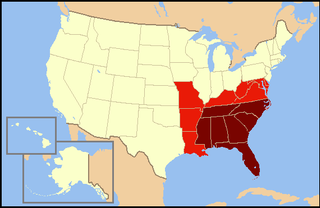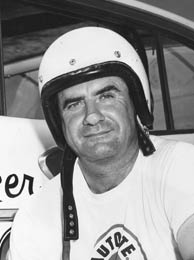| Sport | Stock car racing |
|---|---|
| Category | Auto racing |
| Jurisdiction | United States |
| Abbreviation | NSCRA |
| Founded | 1946 |
| Headquarters | Atlanta, Georgia |
| President | Weyman Milam |
| Other key staff | Bruton Smith |
| Closure date | 1951 |
The National Stock Car Racing Association (NSRA/NSCRA) was a sanctioning body for stock car racing that operated in the Southeastern United States during the late 1940s and early 1950s. Competing against several other sanctioning bodies, including NASCAR, NSCRA was considered to be the most significant challenge to NASCAR's dominance of the sport; however it proved incapable of competing with the larger sanction, and closed down midway through the 1951 racing season.
A sports governing body is a sports organization that has a regulatory or sanctioning function. Sports governing bodies come in various forms, and have a variety of regulatory functions. Examples of this can include disciplinary action for rule infractions and deciding on rule changes in the sport that they govern. Governing bodies have different scopes. They may cover a range of sport at an International level, such as the International Olympic Committee and the International Paralympic Committee, or only a single sport at a national level, such as the Rugby Football League. National bodies may or may not be affiliated to international bodies for the same sport. The first international federations were formed at the end of the 19th century.

Stock car racing is a form of automobile racing found mainly and most prominently in the United States and Canada, with New Zealand, Australia, Mexico, Great Britain and Brazil also having forms of stock car auto racing. Traditionally, races are run on oval tracks measuring approximately 0.25 to 2.66 miles. The world's largest governing body for stock car racing is the American NASCAR, and its Monster Energy NASCAR Cup Series is the premier top level series of professional stock car racing. Top level races typically range between 200 to 600 miles in length. The cars were originally production models, but are now highly modified.

The Southeastern United States is broadly, the eastern portion of the Southern United States, and the southern portion of the Eastern United States. It comprises at least a core of states on the lower East Coast of the United States and eastern Gulf Coast. Expansively, it includes everything south of the Mason–Dixon line, the Ohio River and the 36°30' parallel, and as far west as Arkansas and Louisiana. There is no official U.S. government definition of the region, though various agencies and departments use different definitions.










